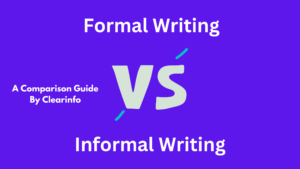What is report writing in business communication?
Report writing in business communication refers to creating formal documents that convey information, analysis, findings, and recommendations to assist decision-making within an organization. These reports are typically structured, well-organized, and objective in nature.
They are crucial for conveying important data, insights, and progress to various stakeholders, such as management, clients, investors, or other relevant parties. The purpose of a report in business communication is to provide accurate and relevant information clearly and concisely, aiding in the understanding of complex issues and facilitating informed decision-making.
A formal report in business communication is drafted in an orderly manner, starting with:
- Introduction
- Body
- Conclusion
- Recommendation
- References
According to (Bovée & Thill, 2017, p. 442), a business report is defined as
“A written or oral communication that describes and analyses a situation and recommends action” (Bovée & Thill, 2017, p. 442) Source
The objective of the business communication report
The objective of business communication report writing is to provide clear, concise, and well-organized information that supports decision-making and facilitates effective communication within an organization. Business communication reports serve various purposes, and their specific objectives may include:
1/ Informing Stakeholders: The primary objective of a business report is to inform stakeholders about specific aspects of the business, such as project updates, financial performance, market trends, or operational metrics. Reports provide stakeholders with relevant and accurate information to ensure they are updated regarding the organization’s progress and activities.
2/ Supporting Decision-Making: Reports play a crucial role in supporting decision-making processes. By providing comprehensive information, analysis, and recommendations, reports help decision-makers make informed choices and develop effective strategies.
3/ Facilitating Communication: Business reports facilitate communication between different departments, teams, or levels of management. They ensure that essential information is shared across the organization and help to create a common understanding.
4/ Documenting Activities and Results: Reports act as formal documentation of various activities and results within the organization. They provide a historical record of events, achievements, and challenges.
Characteristics of report writing in business communication
1/ Objective Nature: Reports are based on facts, data, and evidence, presented in an unbiased manner. They avoid personal opinions or emotions and focus on providing a balanced perspective.
2/ Formal Tone: Business communication reports maintain a formal and professional tone. They follow established writing conventions, including proper language, grammar, and punctuation.
3/ Structure: Reports typically have a standardized structure, including an introduction, main body, and conclusion. Sections may be divided into headings and subheadings to enhance readability.
4/ Clarity and Conciseness: Information is presented clearly and succinctly, avoiding unnecessary details while ensuring the main points are adequately explained.
5/ Data and Evidence: Reports often incorporate tables, graphs, and other visual aids to proficiently showcase data and illustrate essential points.
6/ Recommendations: Where applicable, reports may conclude with recommendations based on the analysis provided. These recommendations should be practical and backed by the data presented.
7/ Credibility: To establish credibility, reports should cite sources of information and data, as well as provide references to any external research or experts consulted during the report’s preparation.
Related Reading: Characteristics And Features of a Good Business Report
Types of report writing in business communication
1) Informational Reports:
 These reports are used to provide factual data, updates, or summaries of events or progress within an organization. They are often routine and may cover areas such as sales figures, project status, inventory levels, or attendance records. Informational reports focus on presenting data and do not include analysis or recommendations.
These reports are used to provide factual data, updates, or summaries of events or progress within an organization. They are often routine and may cover areas such as sales figures, project status, inventory levels, or attendance records. Informational reports focus on presenting data and do not include analysis or recommendations.
Further Reading: What are Informational Reports: How to Write One With Examples
2) Analytical Report:
Analytical reports go beyond presenting data and aim to analyze and interpret the information to derive insights and draw conclusions. These reports typically include an examination of the data, identification of trends, and explanations of patterns. They provide a deeper understanding of a situation and help in making informed decisions.
3) Research Report:
Research reports involve in-depth investigations into specific topics or issues relevant to the organization. They include detailed research methodologies, data collection, analysis, and interpretations. Research reports often present findings and recommendations based on the research conducted.
4) Progress Reports:
Progress reports track the status of ongoing projects, tasks, or initiatives. They inform stakeholders about the progress made, any challenges encountered, and the expected timeline for completion. These reports help keep all relevant parties informed about the project’s development.
5) Incident Reports:
Incident reports document and analyze accidents, errors, or issues that occurred within an organization. They provide an account of what happened, the potential causes, and recommendations for preventing similar incidents in the future.
Related Readings: Types Of Business Reports In Business Communication
Report writing format in business communication
The format of report writing in business communication follows a standardized structure to ensure clarity, consistency, and easy comprehension for the readers. The typical format includes several key components, each serving a specific purpose.
While there may be variations based on the type of report and organizational preferences, the following elements are commonly included in the format of a report in business communication:
1/ Title Page: The title page is the first page of the report and contains essential information, such as the title of the report, the name of the author or authors, the name of the organization, the date of submission, and any other relevant details.
2/ Table of Contents: Following the title page, the table of contents is presented, outlining all the main sections and subheadings of the report, along with their respective page numbers. This helps readers quickly navigate the report and find specific information.
3/ Executive Summary: An executive summary provides a concise overview of the report’s key points, findings, and recommendations. It allows busy executives or decision-makers to grasp the main takeaways without reading the entire report.
4/ Introduction: The introduction establishes the context of the report, defining its objectives, scope, and the problem or issue at hand. Sufficient background information is included to enable readers to understand the report’s purpose and significance.
5/ Methodology (If applicable): In research reports or reports based on specific methodologies, this section explains the approach taken to collect data, conduct analysis, and draw conclusions.
6/ Findings/Analysis: This is the main body of the report and contains the core information, data, and analysis. It is organized into sections and subheadings to address different aspects of the topic or problem. Data, charts, graphs, and visual aids may be included to support the analysis.
7/ Discussion: In analytical reports, the discussion section interprets the findings and analyzes the implications of the data. It connects the data to the objectives of the report and provides insights for decision-making.
8/ Recommendations: If the report includes recommendations, they are presented in this section. The recommendations need to be precise, feasible, and backed by the earlier analysis presented in the report.
9/ Conclusion: The conclusion summarizes the key points and findings of the report, emphasizing their significance and implications for the organization.
10/ Appendices: Additional information that supports the main content of the report but is not essential to the main body may be included in the appendices. This can include raw data, supplementary charts or graphs, survey questionnaires, and other relevant materials.
11/ References/Bibliography: If the report draws upon external sources, proper citations and references should be provided in this section to acknowledge the sources used.
12/ Glossary (Optional): A glossary of terms may be included if the report contains technical or industry-specific terminology that readers may not be familiar with.
13/ Acknowledgments (Optional): In some cases, reports may include an acknowledgment section to thank individuals or teams that contributed to the report’s preparation. Additionally, while structuring a report it is essential to use clear and straightforward language to enhance readability and ensure that the report is easy to understand by the intended audience.
How to draft a business communication report
Drafting a business communication report involves a systematic approach to ensure that the report is clear, well-organized, and effectively communicates the intended information to the target audience.
key aspect of report writing in business communication
1/ Understand the Purpose and Audience: Clearly define the report’s purpose and determine the intended target audience. Understand the essential information to be conveyed and the specific action or decision that the report intends to support. Tailor the content and language to suit the knowledge level and needs of the readers.
2/ Gather and Organize Information: Collect all the relevant data, research findings, and supporting materials needed for the report. Organize the information into logical sections and identify key points to include in each section.
3/ Create an Outline: Develop a clear outline for the report. This will act as a roadmap, guiding you in organizing the content and ensuring a coherent flow throughout the report. Include the main sections and subheadings that will be covered.
4/ Draft the Executive Summary: Develop a concise and compelling executive summary that provides a high-level overview of the entire report. Include key findings, recommendations, and the significance of the report’s outcomes.
5/ Review and Revise: Carefully review the draft for clarity, accuracy, and coherence. Make sure the report follows the intended structure, with each section contributing to the overall message effectively. Revise as needed to improve the report’s quality.
6/ Format and Present: Format the report professionally, adhering to any organizational guidelines or style requirements. Ensure that headings, fonts, and spacing are consistent throughout. Consider adding a table of contents to facilitate easy navigation.
7/ Proofread and Edit: Before finalizing the report, conduct thorough proofreading to remove any spelling, grammar, or punctuation errors. Make necessary edits to enhance clarity and readability.
8/ Seek Feedback (Optional): If appropriate, seek feedback from colleagues or supervisors to gain additional insights and make any further improvements to the report.
How to organize a report on business communication
1/ Logical Flow of Information: Arrange the sections in a logical order that allows the information to flow smoothly. Start with the background and introduction, followed by the main body with supporting evidence, and conclude with a summary and recommendations.
2/ Use Headings and Subheadings: Utilize clear and descriptive headings and subheadings for each section. This helps readers quickly identify and navigate through the different parts of the report.
3/ Visual Aids and Graphics: Incorporate visual aids, such as charts, graphs, tables, or diagrams, to present complex data or trends in a visually appealing and easily understandable format.
4/ Balance Between Text and Visuals: Maintain a balance between textual content and visual elements. Avoid overwhelming the report with excessive text or an abundance of visuals that could distract from the main message.
5/ Consistent Writing Style: Maintain a consistent writing style and tone throughout the report. Avoid using jargon or technical terms unless necessary, and explain any specialized terms for the benefit of the readers.
6/ Transitions and Connectivity: Include transitional phrases or sentences between sections to ensure a smooth flow of ideas and better connectivity throughout the report. By following these guidelines, you can organize a business communication report effectively, presenting information in a clear and structured manner that engages the audience and facilitates understanding.
Real Examples of Business Reports
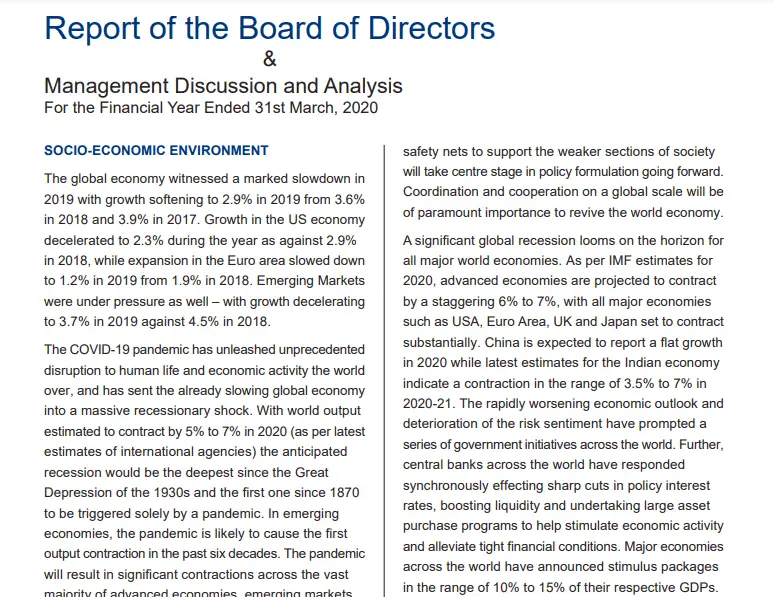
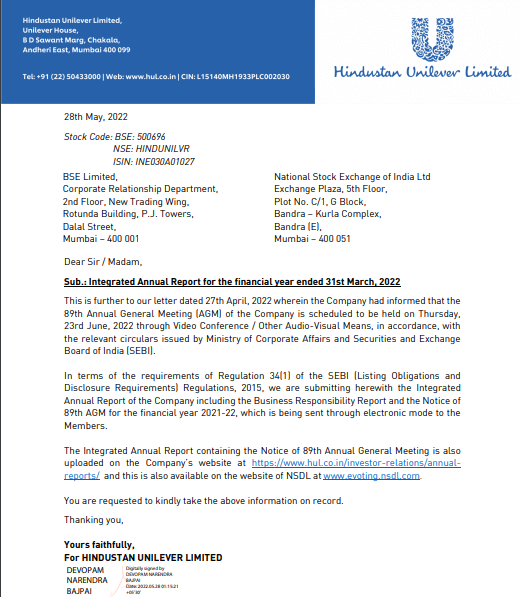

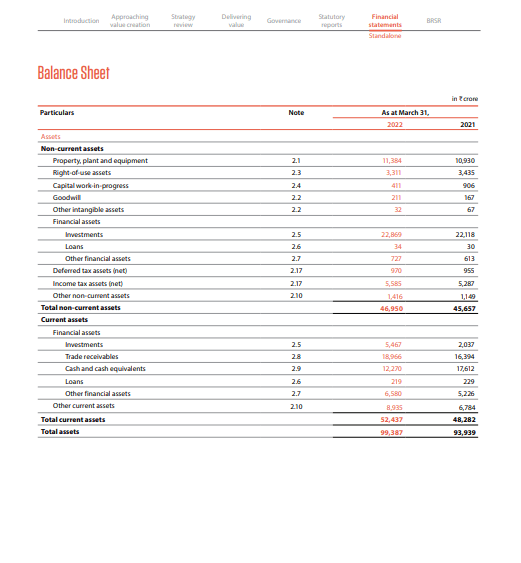
How to write a conclusion in a business communication report
Writing a strong conclusion in a business communication report is essential to leave a lasting impression on the readers and reinforce the key findings and recommendations. Here are some steps to help you write an effective conclusion:
1/ Summarize Key Points: Begin the conclusion by summarizing the main points and findings of the report. Briefly restate the purpose of the report and highlight the most significant results that support the report’s objectives.
2/ Emphasize the Significance: Explain the importance of the findings and their implications for the organization or the specific issue being addressed. Make it clear why the information presented in the report matters and how it contributes to the organization’s goals or decision-making.
3/ Address the Report’s Objectives: Emphasize how the report has successfully addressed its objectives. If there were specific questions or problems that the report aimed to answer or solve, mention how these have been achieved through the analysis and research conducted.
4/ Connect Findings to Recommendations: If your report includes recommendations, link them back to the findings discussed in the main body. Show how the recommendations are grounded in the analysis and how they directly address the identified issues.
5/ Highlight Successes and Achievements: If the report discusses the progress or success of a project, initiative, or campaign, highlight the achievements and positive outcomes.
6/ Consider Future Implications: Discuss any future implications or opportunities based on the report’s findings. Provide insights into how the organization can use the information to make strategic decisions or improve its performance.
7/ End with a Strong Closing: Conclude the report with a compelling closing statement that leaves a lasting impact on the reader. Consider emphasizing the importance of the report’s insights and the potential positive impact on the organization. By following these steps, you can craft a well-written and compelling conclusion for your business communication report, leaving the readers with a clear understanding of the report’s significance and the actions recommended based on the analysis presented.
Business report conclusion example
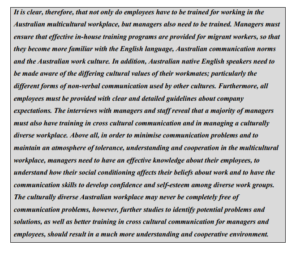
The above conclusion example from a business report summarizes the need for multi-cultural training for employees and managers in an Australian company. The company should give importance to cross-cultural communication and should maintain a diverse culture for employees for a cooperative environment.
Importance of report writing in business communication
Reports are essential tools that allow businesses to communicate crucial information, analyze data, and make informed decisions. Here are some key reasons why report writing holds significance in business communication:
1/ Information dissemination: Reports serve as a means to convey information to stakeholders, employees, management, or clients in a clear and structured manner. They provide comprehensive details about specific topics, projects, or situations, making it easier for readers to understand complex information.
2/ Planning and forecasting: Business reports frequently involve forecasts, projections, and trend analysis using cash flow forecasting software. By analyzing historical data and current trends, companies can recognize potential challenges and opportunities, empowering them to develop effective plans for the future.
3/ Communication efficiency: Reports follow a structured format, making them more efficient for communication. Key points and findings are presented concisely, allowing readers to quickly grasp the main message without having to sift through unnecessary details.
4/ Performance evaluation: Reports play a vital role in assessing the performance of employees, departments, or entire business units. By analyzing performance metrics, management can identify areas for improvement, set realistic goals, and recognize top performers.
5/ Problem-solving: When faced with challenges or issues, businesses can use reports to identify the root causes and explore potential solutions. Analyzing data and presenting findings in a report format can lead to better problem-solving and more effective solutions.
6/ Collaboration and teamwork: Reports often involve input from multiple team members and departments. The collaborative nature of report writing fosters teamwork and encourages employees to share their expertise and contribute to the overall success of the organization.
Related Readings: Importance of Report Writing In Business Communication
Business communication report topics for research?
- Importance of the communication process?
- Non-verbal aspect of business communication?
- Modes of the communication process?
- Changing patterns of business correspondence?
- Language barriers in business communication?
- Employment and group communication?
- Aspects of administrative communication?
- Formal dimensions of corporate communication?
- Theory and practice of advanced commercial correspondence?
- Research methodologies in business communication?
- Interdisciplinary approaches to business communication?
- Examples of business communication scenarios?
Frequently Asked Questions
1) What is a report in business communication?
Ans: A report in business communication is a formal document that presents factual information, data, analysis, and findings related to specific business activities, projects, or situations. It serves as a structured means of conveying essential details and insights to stakeholders, management, clients, or other relevant parties.
2) What is a report in communication?
Ans: A report in communication refers to a structured and formal document that conveys information, related to a specific topic, project, or situation. It is a written account that serves the purpose of informing, updating, or presenting detailed insights to a target audience, which can include stakeholders, management, clients, or other interested parties.
3) How to write a communication report
- Define the purpose and audience.
- Gather relevant data and information.
- Organize the report with an introduction, main body, and conclusion.
- Present findings and analysis clearly.
- Propose actionable recommendations.
- Use a formal writing style, and include visuals if helpful.
- Consider an executive summary for a quick overview.
- Ensure accuracy and cite sources properly.
- Thoroughly review and edit for clarity and professionalism.
4) What is a business report in business communication?
Ans: A business report in business communication is a formal document that serves as a tool to communicate essential details and provide insights to stakeholders within and outside the organization. It can include factual information, data, and findings related to specific businesses, projects, or issues. Common elements of a business report include an introduction, methodology, discussion/analysis, conclusion, recommendations, and references.

